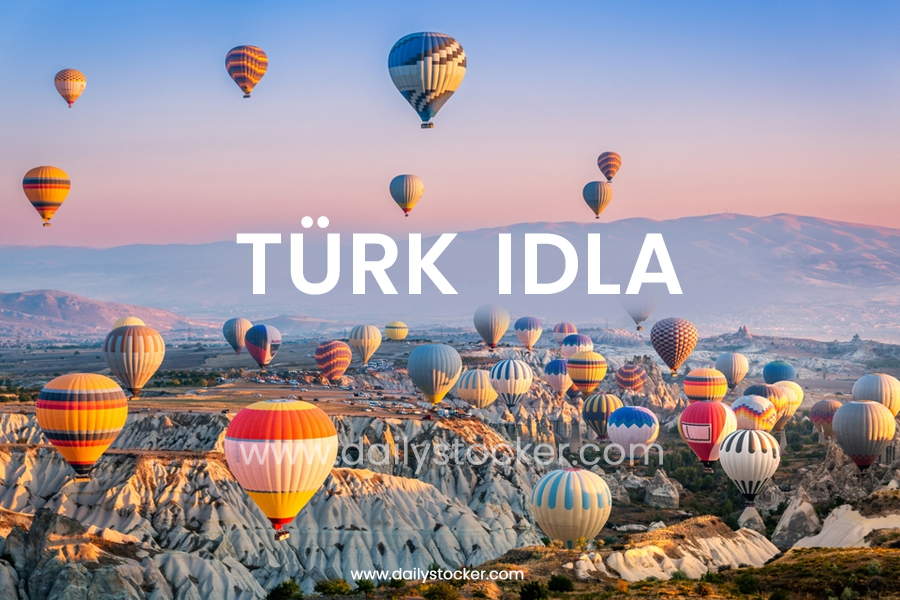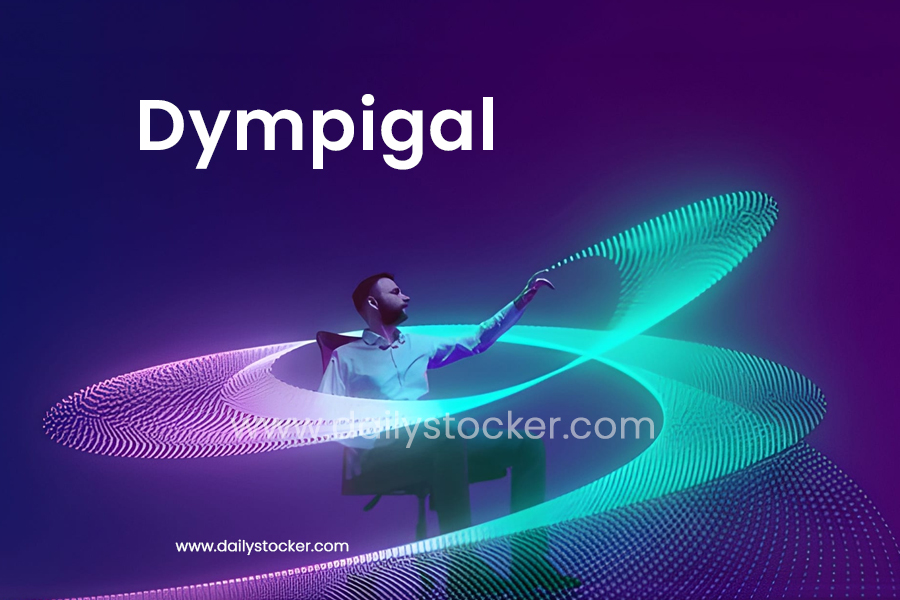Türk Idla: The Rise of a Digital Cultural Phenomenon in Turkey
When people search for türk idla, they are looking for an answer to what this digital phenomenon means and why it has become so popular in Turkey. In simple terms, türk idla is a cultural and digital trend where young Turkish creators blend personal expression with modern identity, often showcasing a mix of tradition, humor, creativity, and self-presentation on online platforms. The phrase itself comes from the fusion of “Türk,” meaning Turkish, and “idol,” representing figures of admiration or influence.
This movement has gained momentum in recent years as new generations use social media not only for entertainment but also as a stage for cultural expression and identity. Unlike global idol cultures, which often rely on polished celebrity management, türk idla is more grassroots, authentic, and deeply tied to the voices of everyday Turkish youth.
Understanding Türk Idla
At its core, türk idla is about identity and influence in the digital age. It is not simply a fandom or a celebrity trend but rather a growing cultural wave that reflects how Turkish youth define themselves in online spaces. Instead of seeing idols only as distant stars or polished media products, türk idla brings admiration closer to the audience through relatable personalities.
These digital idols might be creators on TikTok, influencers on Instagram, or YouTubers who share their lifestyle, fashion choices, and cultural reflections. What sets them apart is the balance between relatability and aspiration—they feel like friends but are admired as icons. This duality makes them influential across different segments of society, from teenagers discovering their identity to adults curious about the cultural pulse of the younger generation.
History and Roots of Türk Idla
The roots of türk idla can be traced to a mix of global cultural flows and local traditions. In Turkey, pop culture has always had a strong influence—from Arabesque music in the 80s to the rise of Turkish pop stars in the 90s. These figures were considered idols long before social media existed. However, the internet reshaped the landscape. With platforms like YouTube, early Turkish creators began sharing content that reflected their everyday lives, gradually gaining audiences who saw them not as distant celebrities but as accessible role models.
Over time, the concept of idols shifted from polished TV stars to digital personalities who represented authenticity. The younger generation, growing up with smartphones, turned these creators into modern idols—thus giving birth to the türk idla phenomenon. Unlike traditional stardom, the process was bottom-up, built by audiences and creators rather than industry gatekeepers.
Why Türk Idla Became Popular
There are several reasons why türk idla gained such strong popularity. First, it reflects the need for self-expression among Turkish youth who live in a rapidly modernizing yet culturally rooted society. Social media provides a platform where they can express humor, creativity, and personal identity freely, often mixing traditional elements with global aesthetics. For example, a creator might post a funny skit in Turkish slang while also following global meme trends, making their content both unique and relatable.
Second, relatability is a key driver. Unlike global idols who often feel unreachable, türk idla creators are everyday people, making audiences feel more connected to them. Third, the social aspect of fandom—where communities form around supporting these digital idols—creates a sense of belonging. Followers do not just watch content; they actively engage, comment, and sometimes even collaborate, further fueling the phenomenon.
The Role of Social Media in Shaping Türk Idla
Social media platforms are the main stage where türk idla thrives. TikTok, Instagram, and YouTube are especially influential because they reward creativity, humor, and personality-driven content. TikTok, for instance, has become the birthplace of many türk idla creators who use short-form videos to showcase dance, comedy, or cultural commentary. Instagram amplifies these personas with curated aesthetics, lifestyle photos, and interactive stories, while YouTube provides long-form storytelling that deepens audience relationships.
The algorithms of these platforms also play a massive role, pushing content to wider audiences and allowing niche creators to rise to fame quickly. Fan communities further amplify reach by creating edits, sharing memes, and participating in challenges. In this ecosystem, türk idla is not just about individuals but about collective participation where audiences co-create meaning alongside their idols.
Comparison: Türk Idla vs. Global Idol Culture
| Feature / Aspect | Türk Idla | K-pop Idols | Western Influencers |
|---|---|---|---|
| Authenticity | ✅ Emphasizes being relatable and real | ❌ Highly polished, industry-managed | ✅ Often casual but may be over-commercialized |
| Cultural Identity | ✅ Strongly tied to Turkish culture, humor, and traditions | ❌ Often globalized, less local flavor | ❌ Identity varies, not always rooted in tradition |
| Accessibility | ✅ Feel like “everyday people” who connect with followers | ❌ Distant, trained celebrities | ✅ More reachable but sometimes detached |
| Content Style | ✅ Mix of humor, memes, lifestyle, and self-expression | ❌ Strictly choreographed performances | ✅ Lifestyle, luxury, product placements |
| Community Engagement | ✅ Active fan interactions, co-creation, local slang use | ✅ Strong fandom culture, but less direct interaction | ❌ Engagement often limited to brand campaigns |
| Commercial Pressure | ✅ Lower—many start grassroots before brand deals | ✅ High—industry-driven from start | ✅ High—brands drive influencer identity |
| Mental Health Risks | ❌ Still vulnerable to online pressure and trolling | ❌ High stress from intense schedules | ❌ Burnout and criticism also common |
The Cultural Impact of Türk Idla
The rise of türk idla has had a significant cultural impact. On one hand, it provides young people with role models who reflect their own experiences, language, and identity. This representation is important in a world where globalized content often overshadows local voices. On the other hand, it has reshaped fashion, language, and trends. Many türk idla creators influence the way their followers dress, speak, or engage with technology.
For example, slang terms popularized online quickly spread into real-life conversations, while fashion styles displayed by influencers become trends in youth communities. Additionally, türk idla has shifted the balance of media power—traditional TV stars no longer hold the same cultural authority as digital creators, showing that influence has truly moved online.
Challenges and Criticisms
Like any cultural phenomenon, türk idla faces challenges and criticisms. One of the main concerns is the balance between authenticity and performance. While these idols present themselves as relatable, there is often pressure to maintain a certain image that appeals to followers. Commercialization also plays a role; as brands begin collaborating with popular creators, some audiences feel that authenticity is compromised.
Mental health is another critical issue. Constant exposure to online attention, both positive and negative, can create stress and anxiety for creators. Online bullying and trolling are unfortunately common, putting pressure on young influencers to manage not only their content but also their emotional well-being. Despite these challenges, the türk idla community continues to thrive, finding ways to address criticisms while staying true to its roots.
The Future of Türk Idla
Looking ahead, the future of türk idla seems promising and dynamic. As digital platforms evolve, we can expect even more creative expressions, possibly involving AI-generated content, VR experiences, and interactive avatars. The younger generation is especially quick to adapt to these technologies, meaning that tomorrow’s idols may look very different from today’s. However, the core values of relatability and cultural authenticity will likely remain.
In fact, türk idla may become an even stronger cultural export, gaining international attention much like K-pop did, but with a uniquely Turkish identity. By 2030, we may see Turkish digital idols collaborating with global creators, influencing not just national but international trends. This expansion will not only reshape entertainment but also strengthen cultural diplomacy, showing the world the creativity and identity of Turkish youth.
Conclusion
In conclusion, türk idla is more than just an online trend—it is a cultural movement that reflects the evolving identity of Turkish youth in the digital age. Rooted in relatability, authenticity, and creativity, it stands apart from global idol cultures while still engaging with international influences. From its roots in pop culture to its rapid growth on platforms like TikTok and Instagram, türk idla demonstrates how digital spaces can amplify voices that were once limited to traditional media.
While challenges like commercialization and mental health remain, the phenomenon continues to inspire, entertain, and represent a generation. Ultimately, türk idla is a mirror of Turkey’s youth—bold, creative, and ready to redefine what it means to be an idol in the 21st century.
Don’t miss out on any news—keep in touch for real-time information, visit Daily Stocker.
Share this content:








Post Comment